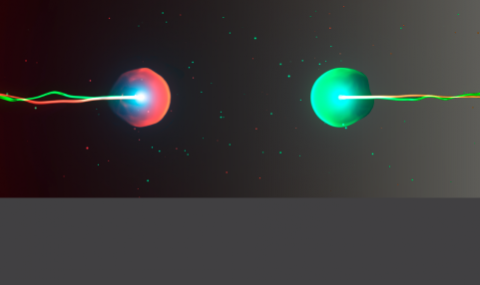What happens in very strong fields?
For example, in an intense electromagnetic field, close and above to the Schwinger critical field, the quantum-electrodynamics (QED) vacuum materialises as virtual photons break into electron-positron pairs which can be measured.
The Schwinger mechanism has implications in a variety of extreme-conditions physics disciplines in nature, ranging from particle physics (colliders), to astrophysics and cosmology (black-holes, neutron stars, inflation) and to condensed matter physics (electrical breakdown).
In intense fields, our most successful and accurate theory, QED does not work anymore, that is, int the perturbative quantum field theory (QFT) sense. A non-perturbative QFT (NPQFT) path has to be taken. NPQFT is still in development and since there are no standard methods that can be successfully applied to general non-perturbative problems yet, experimental input is vital in assisting theory development.
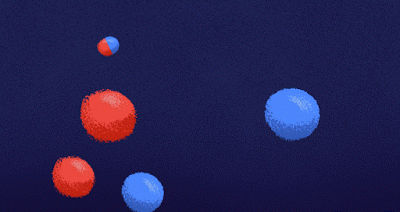
QED vacuum in the presence of intense electric field
LUXE (Laser Und XFEL Experiment) is a breakthrough experiment in this vastly unexplored territory of strong-field QED, exploiting the unique features of the European XFEL electron beam and a powerful laser. High-energy electron bunches from the XFEL will be collided with high-intensity laser pulses to achieve an electric field close to and beyond the Schwinger critical field.
We show that LUXE is also able to probe different forms of new physics beyond the standard model of fundamental particles and forces. Particularly, we have introduced the new concept of New Physics Optical Dump (NPOD) searches. The "optical dump" concept is illustrated below.
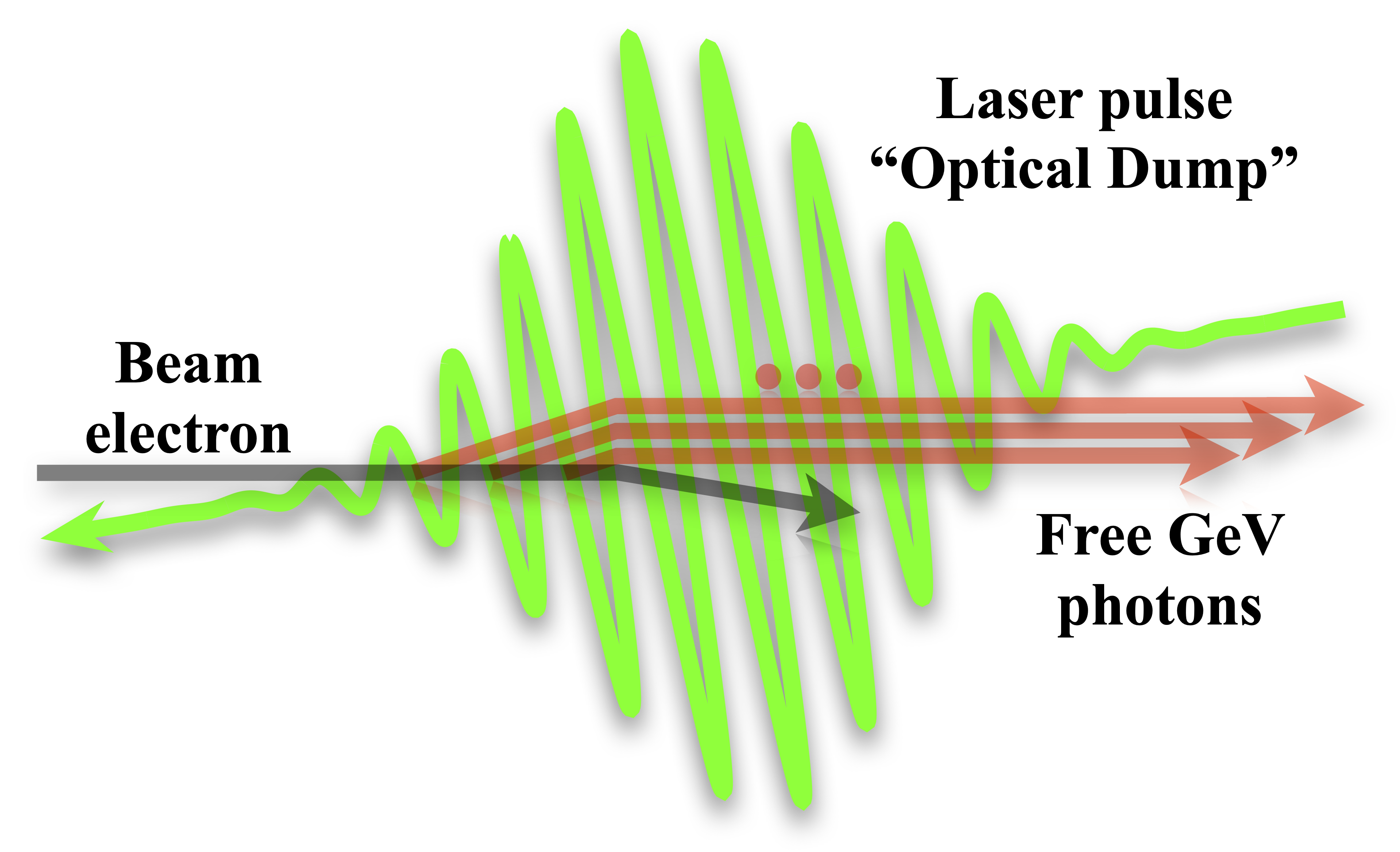
A schematic illustration of the optical dump. The high intensity laser pulse behaves effectively as a thick medium for the incoming electron, that in turn may emit a large flux of hard photons which "free stream" in this optical medium and can be used to search for new physics.
LUXE will operate in the European XFEL complex in DESY, Hamburg - see layout below:
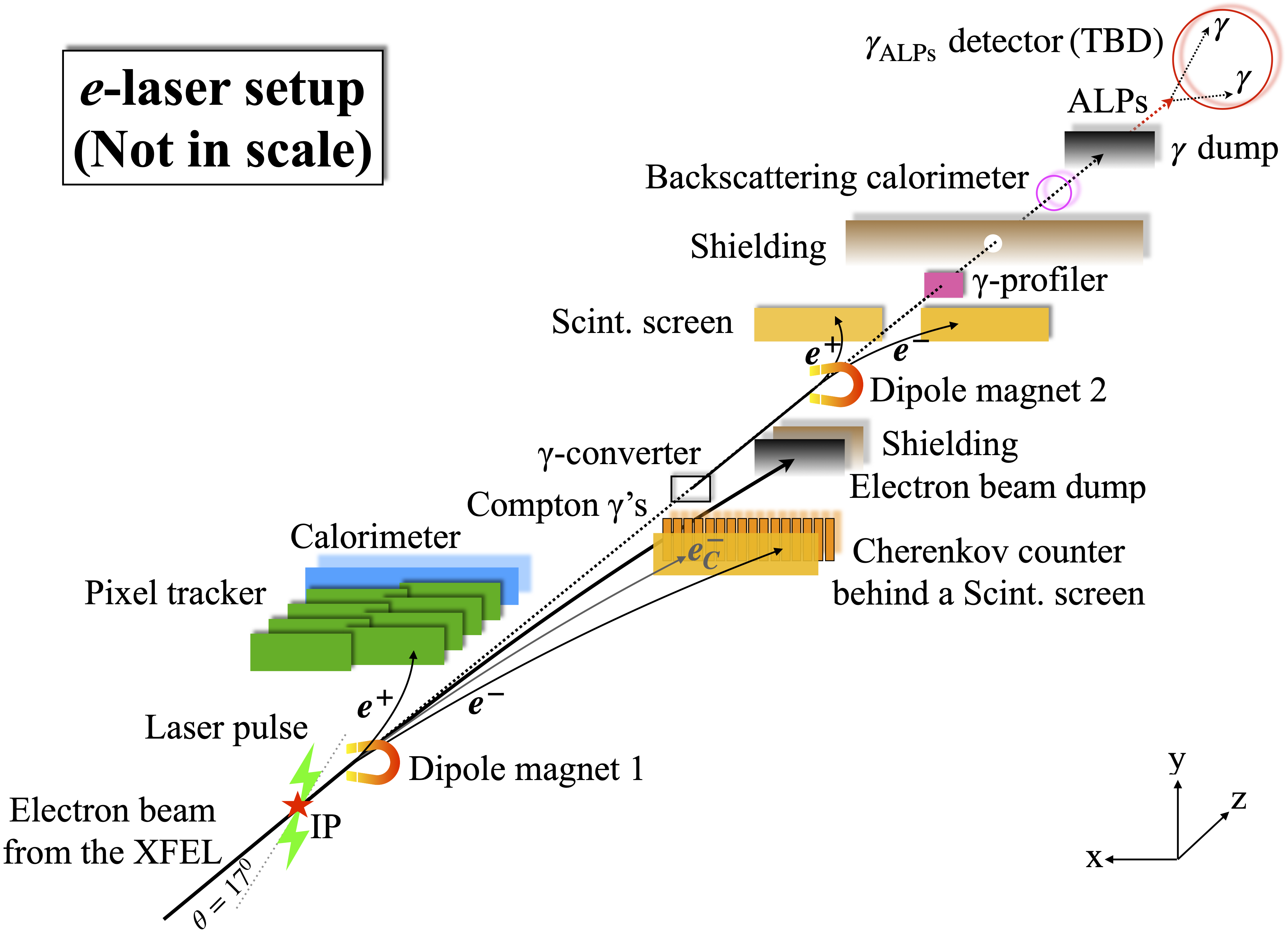
A conceptual layout of the LUXE experiment
The WIS contribution is through the design and construction of the silicon pixel tracker (see design below) as well as many other aspects of the experiment.
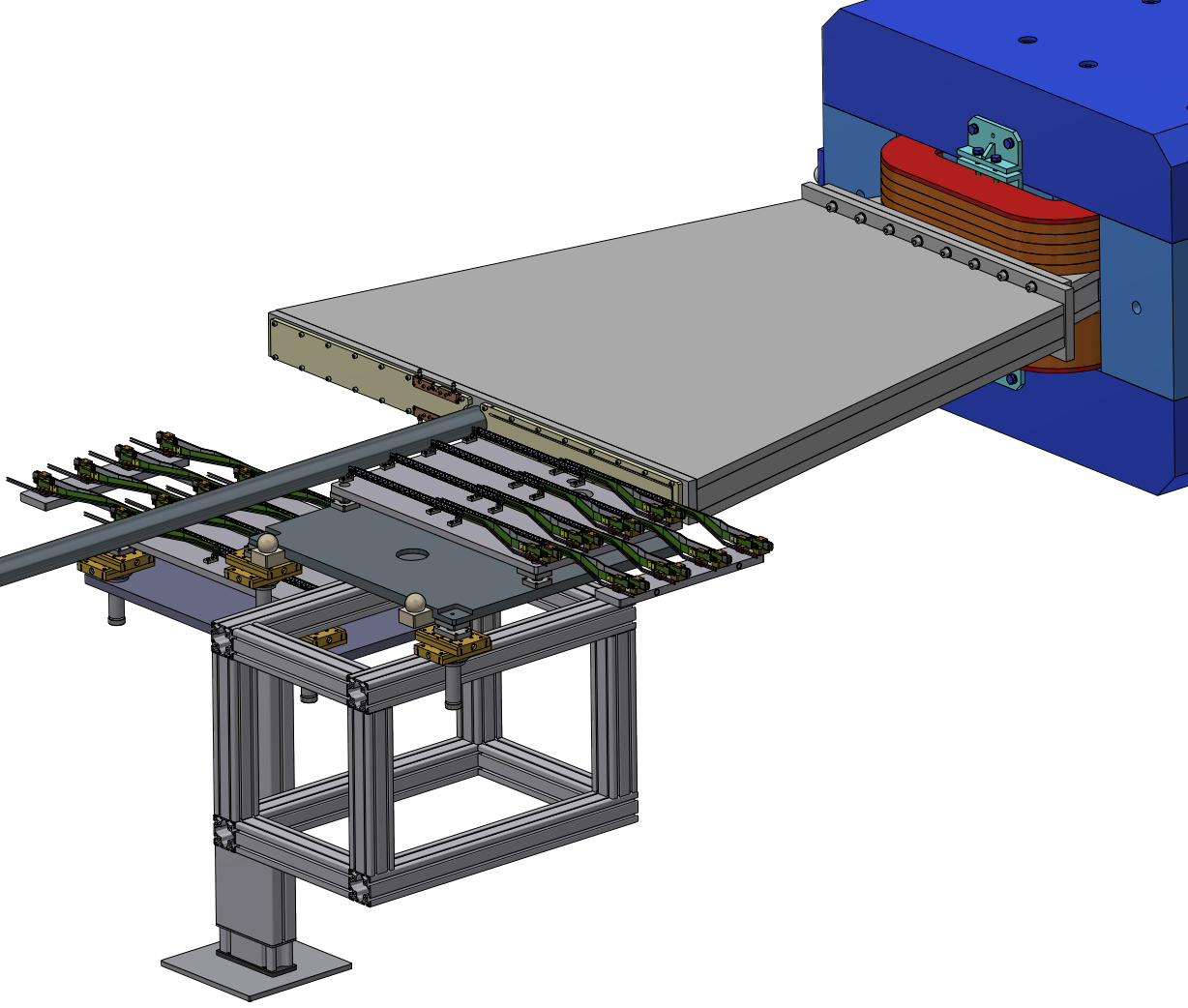
The LUXE tracker designed at WIS, showing 8+8 ALPIDE sensor "staves" on kinematically mounted trays in front of a vacuum chamber (gray) on the two sides of the beam. Particles are fanned by a magnet (blue/red), exit the vacuum through a thin foil window (beige) and impinge on the staves. The positron arm is not supposed to change its location during operation, while the electron arm (shown in its down position for the e+laser mode) must be brought in and out of the interaction plane, depending on the mode of operation.
The experiment's Letter of Intent (LoI) was submitted to the arXiv on Sep, 2019.
The experiment's Conceptual Design Report (CDR) was published on Jul, 2021.
The experiment's New Physics at Optical Dump (NPOD) was submitted to the arXiv on Jul, 2021.
Join us in studying this exciting and unexplored territory, within a small and synergetic collaboration of particle and laser physicists.


